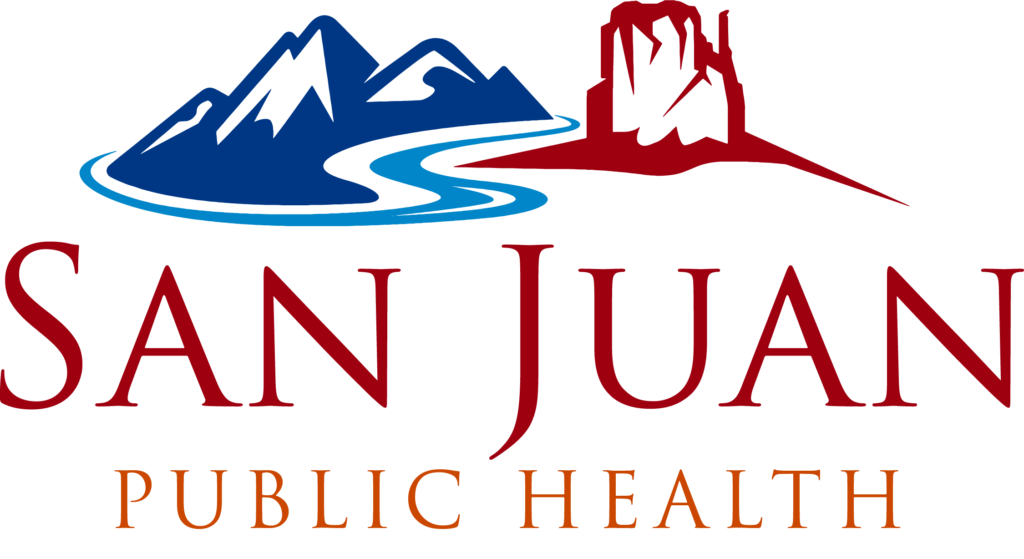Emergency Preparedness
The mission of the Emergency Preparedness Division of the San Juan Public Health Department is to enhance the capability and capacity of individuals and communities; to prepare for, respond to, and recover from man-made or natural disasters that affect the health of the San Juan County Utah population.
Prepare
Where will you and your family be when disaster strikes?
Emergencies and disasters strike quickly and without warning and can force you to evacuate your neighborhood or confine you to your home. Whether faced with a family emergency or a regional disaster, the effort you’ve put into family preparedness and disaster planning will play a large role in how well you “survive” the event.
What can you do to prepare your family?
What would you do if basic services such as water, gas, electricity or telephones were cut off? Local officials and relief workers will be on the scene after a disaster, but they cannot reach everyone right away. Medical help may not arrive at all. 9-1-1 will be totally overwhelmed in a major disaster.
Helpful Hint: Rule of Three
Three Minutes – You can survive about three minutes in unsafe air.
- Ensure that the atmosphere in your home is safe by having a working carbon monoxide detector.
Three Hours – You can survive about three hours at a dangerous temperature.
- Protect your family with winter clothes, blankets and an alternate heat source when cold emergencies arise
- Ensure you have a way to stay cool and hydrated in a heat-related emergency.
Three Days – You can survive about three days without water.
- Store at least a two-week supply of clean water—Two gallons per day per person. This would be 28 gallons per person for 2 weeks.
Three Weeks – You can survive about three weeks without food.
- Purchases a food thermometer. Hot foods should stay hotter than 140 degrees F and cold foods should be kept below 40 degrees F.
